Notes on education from The Presence of a Past Community: Tashme British Columbia. An article in Peoples of the Living Land. Tantalus Research Limited 1972.
The planning of educational facilities at Tashme, by the authorities, was apparently ineffective at first. That is, the constitutional frameworks for education were being debated between Provincial and Dominion levels of authority. To the internees, the indecision was distressing. The delays in decision making combined with inadequate facilities, made the first school year at Tashme (1942-43) the most difficult year for both staff and students.
“With respect to buildings, considerable variation exists among the projects, the ones at Tashme being the most inadequate during the first year. The lateness of school openings and congestion created considerable confusion among the children at first.”
The role of the school is thrown into relief by the respective words of teachers and pupils who were there.
“The school was very important, perhaps the most important thing at the camp. It gave the children something to do, and it started to make life more regular and like it had been outside for the parents. It was important that the children not be set back at school when the camps ended.”
“The parents also got involved. Many things had to be built for the classrooms, and we needed help getting the playing fields ready. So they got involved too. Also, there was a Parent-Teacher Organization. The parents came to see the school plays and music concerts and sports, and jut to look at the work that the children were doing.”
“So, the school made things more like outside, and the older people kind of forgot the problem of why we were at Tashme to begin with. The school did a lot for the whole camp and not just for the children.”
“…Our education, however, had to be fought for; we had to overcome all obstacles that at times, though not for long, held us back in our pursuit for knowledge and understanding; we had to study under trying and abnormal conditions. When we first evacuated to Tashme, there was no high school; there were no means of furthering education. But our dipolomas shall prove that our struggle higher education was by no means futile.”
“…Time shall come when we will realize that our fight for secondary education was well worth the struggle, when we will truly appreciate what Tashme High School had done for us in our preparation towards facing the world realistically and in the earning of our daily bread…..”
“Education was more of a total experience of life and living rather than just the three R’s. The students because of the situation, were attempting to find answers to questions that were far broader than the scope of normal education. We had regular teaching sessions as does any school, but we also had many seminar discussion groups. The working of the school gave the students encouragement; it also gave the parents hope that things would be better.”
“The school gave direction and meaning to the students. In turn, the parents were likewise encouraged. Education was not just the students going to school: it was a sense of involvement for both student and parent. The parents became involved either directly, or indirectly, by watching plays, sports, and other social functions; or, by actively helping us with all the thing that had to be done. The school, at both the primary and secondary level, was one of the key social institutions of Tashme.”
From the foregoing it is clear that the initial concern in the provision of schooling broadened into an integrative mechanism focusing the interest and energies of a large number of Tashme internees.
